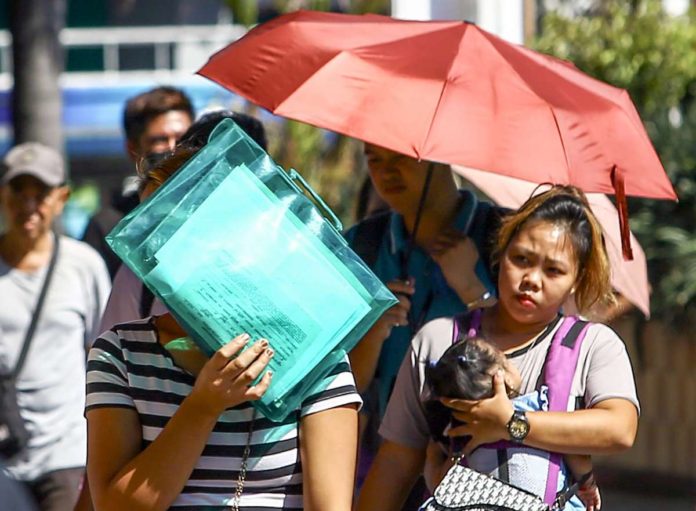
MANILA — The country may have already logged the highest actual temperature for 2024, the Philippine Atmospheric, Geophysical, and Astronomical Services Administration (Pagasa) said.
The state weather bureau recorded a sizzling 40.3 °C in Tarlac last April 27, and according to Pagasa climate monitoring and prediction section chief Ana Liza Solis, this is the hottest temperature recorded so far for the year.
But the public must not be complacent, as there is still a 50 percent probability that the country will log a higher temperature until the end of the first two weeks of May.
“Hopefully ay na-attain na natin ang pinaka-hottest, pinaka-mainit na temperatura for these dry and warm season months,” said Solis in a Radyo 630 interview on Monday.
“Hopefully ito na ‘yung pinakamainit o maximum daytime temperature ngayong taon na ito,” she added.
Solis also said that the heat index, or the temperature that the human body feels, remains a concern during this season.
When asked when La Niña would start, the Pagasa official said that it might be in June until August.
“Sa ngayon po ay nakikita natin around 60 percent ‘yung chances na posible po na magsimula ang La Niña na June, July, August season kasi mabagal po ‘yung pag-init o paglamig ng temperatura kaya ‘yung three-month average po ‘yung tinitignan natin,” said Solis.
Localized thunderstorms may also be experienced in the last two weeks of May, but Solis clarified that rains do not signify the start of La Niña as there is still a transitory period between El Niño and La Niña. (Luisa Cabato © Philippine Daily Inquirer)




